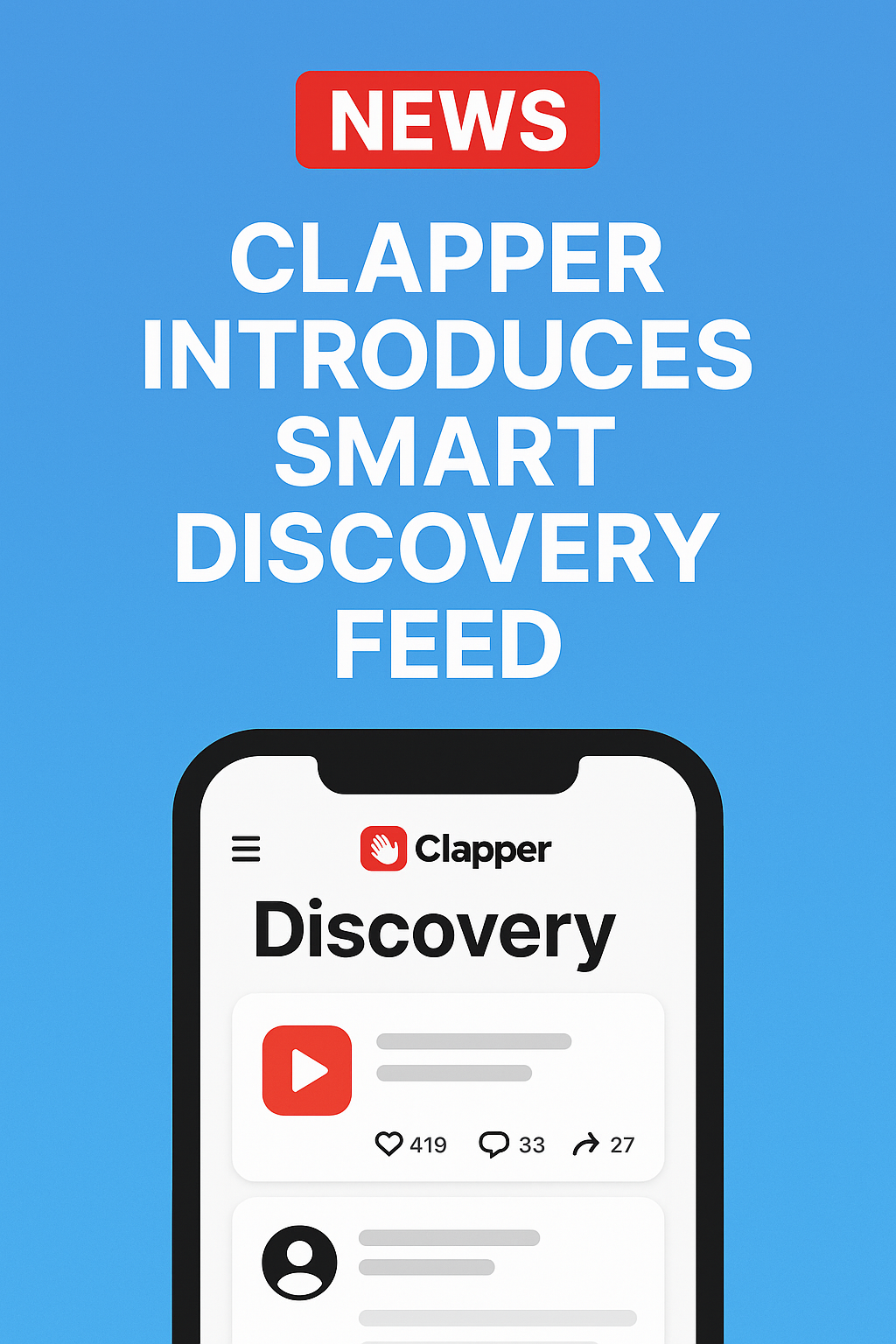
Tech start-ups often look at ways to engage their users beyond just the use of their service or product — and many have started looking at elements of gamification to get that next level of interaction from passionate users.
Vator has decided that this drive for a wide range of tech companies to fold in gaming elements would be the perfect topic for a master class series called Vator Spark. On Tuesday, May 1, Vator brought together these thought leaders in gamification with various VCs and entrepreneurs to share insight on how gamification can benefit any business when thoughtfully executed.
The first keynote speaker of the morning at this inaugural Vator Spark event was Michael Wu, chief scientist, from Lithium.com.
Lithium is a business helping companies engage their social customers to be the best advocates they can.
Wu has spent a fair amount of his career investigating the complex dynamics of the social Web and applying that to help businesses gain the most from the people that are already active online.
While many businesses believe that any social connection is equal to interaction, Wu reminds us that they are not equal. Don’t you have some LinkedIn or Facebook connections that you never interact with? Enough said.
“The idea behind gamification is really simple — we all like to play,” Wu explained. “So how do we make a work more like a game . . . we create a latent value in turning a connection into an interaction.”
Here are some key points that Wu had for our Sparkees:
— Interactions (versus connection) drive much more value to your brand. It isn’t enough to just get someone to like your page or mention your name on Twitter, you want them to have a deeper interaction with your brand and about your brand.
— There can be gamification and engagement within a company and externally with customers.
— Gamification is a psychologically driven science. There are three factors that are behind all human behavior: Motivation (a want to do something), ability (when you can, in fact, do something) and trigger (when you are told to do something). Gamification is the convergence of all three of these factors.

— One use case that touts the great benefits of gamification is Sephora. Sephora customers that are a part of the gamification process spend 10x as much as the average customer. Consumers that engage in social cues from Sephora are so driven by rewards, customer service and quality that they buy more products and discuss their experiences with other possible customers online.
— Motivation is hard to sustain for an extended period of time, but gamification helps sustain that action for a longer period of time as long as there is an element of continuous surprise and rewards.
— In good gamification, we control the level of difficulty so that people experience a challenge but not so much to cause worry and not so little as to lead to boredom.
— Triggers are necessary to engage users but it is all about timing and context because bad triggers don’t motivate. Pop-up adds and spam mail about non-personalized services upset and frustrate users rather than encourage them to act.
— Beware of gamifying for the wrong reason such as solely for the purpose of gaining rewards because there is the risk that you may not be able to keep up with the reward curve and once that stops or slows, you lose your motivator and eventually your users.
— Gamification, by itself, is not sustainable in the long term but is very effective to get people to start doing something. So the key is to assure that you are engaging people to learn the intrinsic value in being a part of your community beyond actual or virtual rewards — such as learning, discovering new tools or products, gaining feedback and meeting like-minded people.
— When you consider triggering users, you have to factor whether it encourages continued action or a one-time event. If it only encourages a one-time event, it is not an effective gamification tool. One example of this was the Gap initiative to get people to check-in to their stores on a single day for a chance to win one free pair of jeans (for 10,000 people). Once the last pair of jeans is taken, people have no motivation to check-in and the gamification ends.
If you wish to follow the gamification discussions at Vator Spark throughout the day, members are live tweeting #VatorSpark.






















